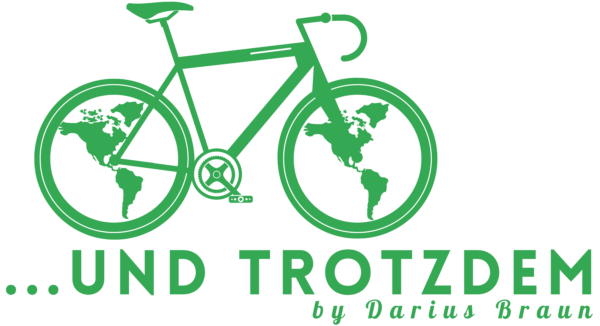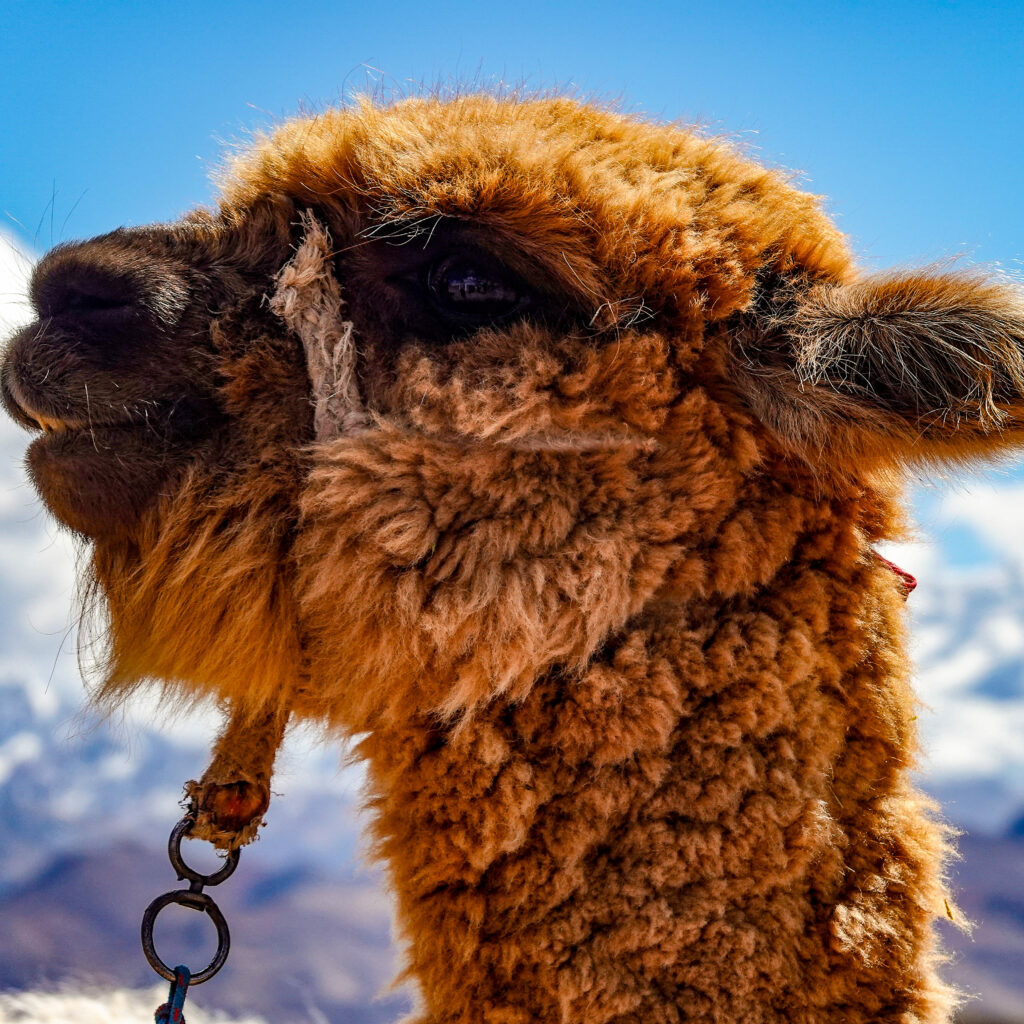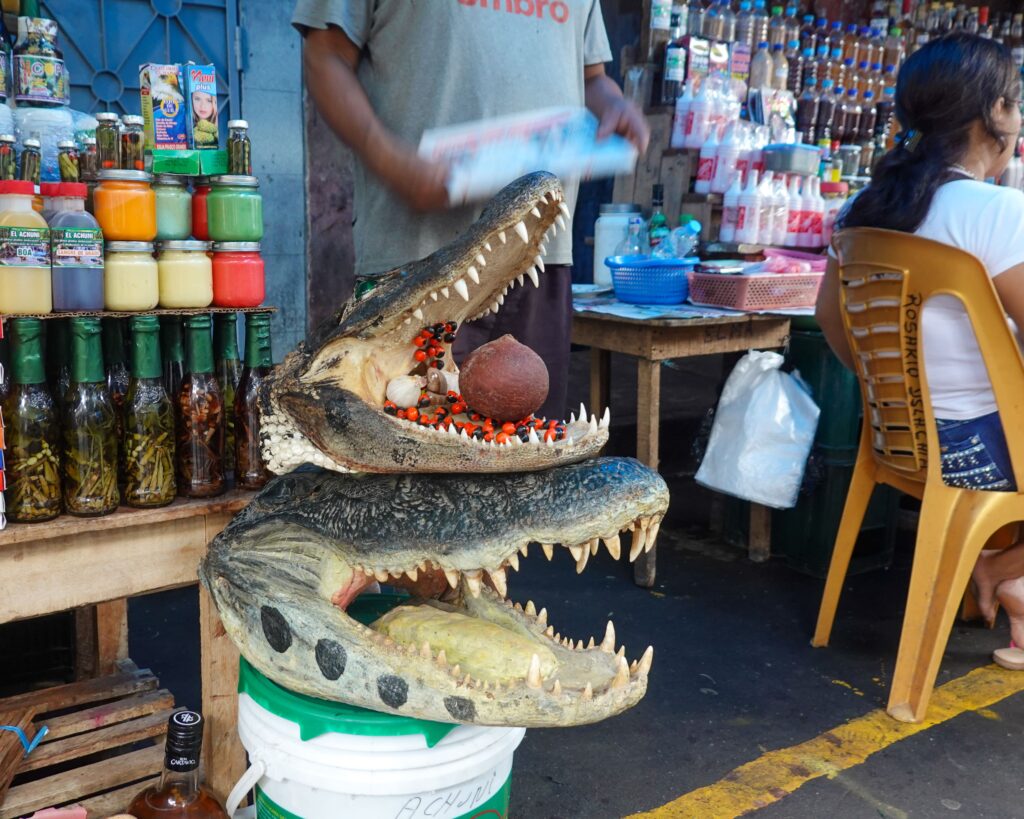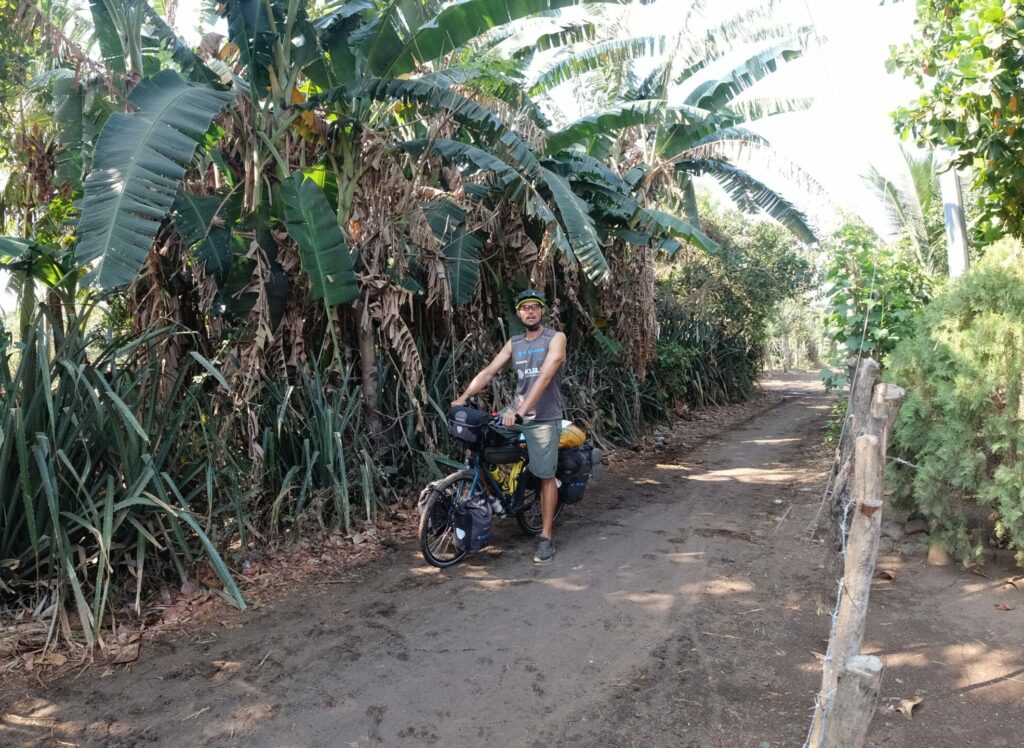
After the three-week break from cycling, it was first of all an adjustment again to sit on the saddle almost every day. When I left Antigua and the Guatemalan mountains and rode along the coast, it became extremely hot. Two days after continuing from Antigua, I crossed the border into El Salvador. This was by far the fastest border crossing of my tour. As soon as I stamped out in Guatemala, I was able to cross the border waving my ID card almost as I drove by and was greeted joyfully by the border officials. In addition, the road quality improved because immediately after crossing the border I had a wide and well paved shoulder throughout.
Even before crossing the border, I, like many others, was very cautious about El Salvador and did not know what was in store for me. A few years ago, this tiny country led the statistics of the most dangerous countries in the world. For years, the daily kill numbers were many times higher than other dangerous countries in the world. Now I was about to cross this dangerous country. However, my impressions were completely different than previously suspected:
“El Salvador! What a wonderful small and yet very big country. I had never experienced so much cheerfulness and happy people. Everyone I met waved at me and was happy to see me. In addition, I met the oldest woman (people) I had ever met. 114 years old, she was still full of vitality and energy. Absolutely inspiring!”
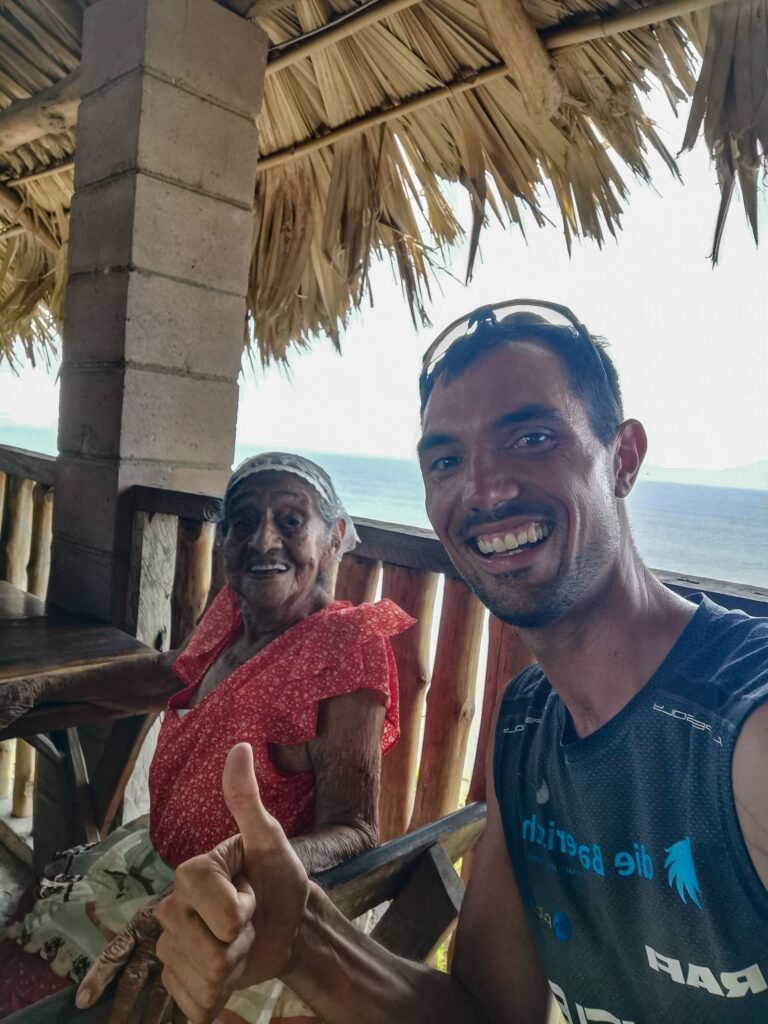
Just 5 years ago, El Salvador was considered the most dangerous country in the world. The drug/gang wars were like a civil war country. I spoke with people who told me that in their city on some days sometimes more than 60 people were shot. Since the new president has been in office, many things have changed for the better. The country is now one of the safest in Latin America and the economy is also developing more and more. In 2022 alone, nearly 60,000 criminals and gang members were imprisoned. Those remaining fled to neighboring Honduras, which unfortunately has not improved the security situation there.
Such a gigantic imprisonment was only possible by suspending some basic rights, which is definitely a double-edged issue. Now they are trying to get innocent people out of prisons again.
To me it felt like the country was starting a new beginning and people were going into the new life full of joy. Overjoyed to have a life in safety and newfound freedom again after years of fear.
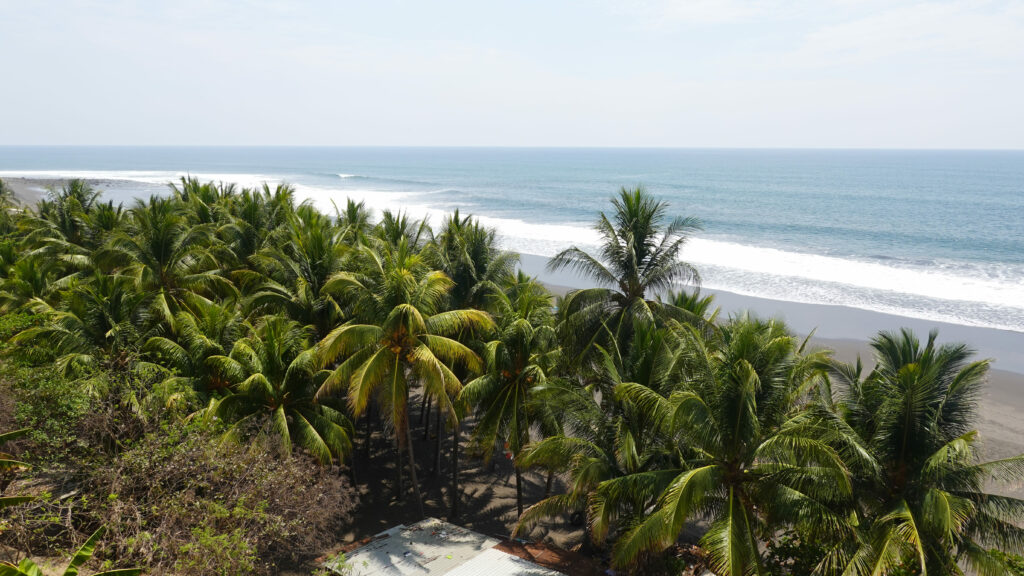
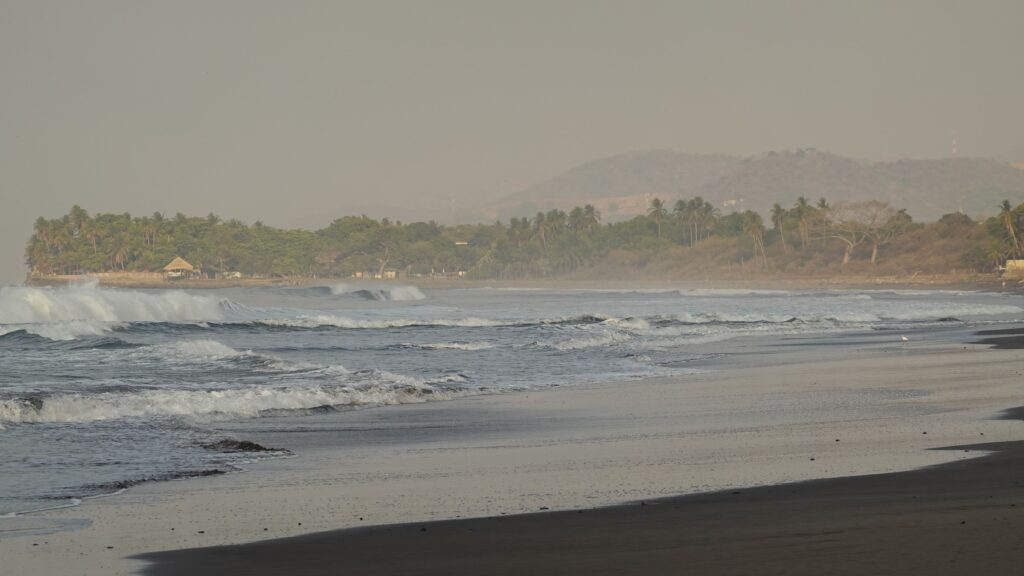
In El Salvador, I followed the coast to a large extent, drove along beautiful beaches and coastal sections and was amazed that there is also a lot of tourism. Around the small coastal town “La Libertad” south of “San Salvador”, surf cities are built to attract tourists to El Salvador. The fact that Bitcoin is used as a means of payment in addition to the American Dollar conveys the modern spirit of the country.
A big challenge for me was the extreme midday heat. By 10 a.m., the thermometer had already climbed to nearly 40 °C, and it was not uncommon for days to exceed 45 °C in the midday heat. In order not to have to drive in this heat, I adjusted my daily routine and started my days already at 4:30 in the morning, in order to drive off with the first sunbeams at shortly before 6 o’clock. From 11 o’clock it was then so hot that I had to take a long siesta until 15 o’clock, to swing me then again in the afternoon 2 hours in the saddle.
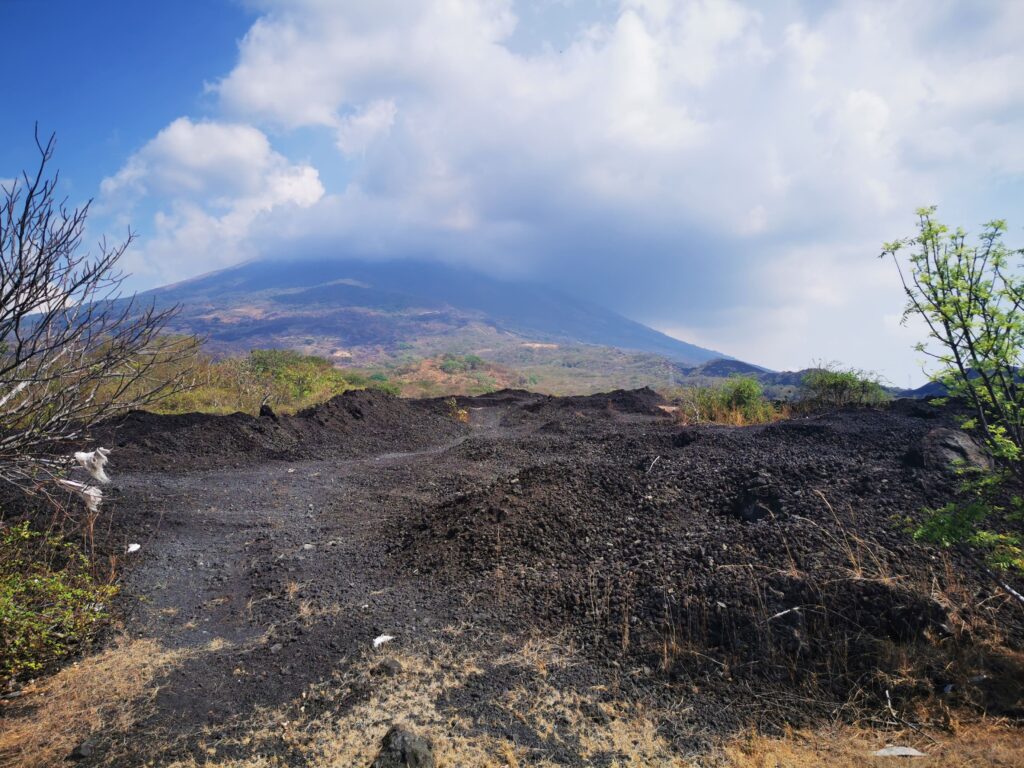
One day I had to cross a volcanic ash field several kilometers wide. The sun was almost at its zenith and on the ash field it was so unbearably hot that I had the feeling that my skin would soon become inflamed.
After 6 days I had crossed El Salvador and drove to Honduras. Due to the political situation and many negative reports about the prevailing security situation, I decided to drive through the country as fast as possible. The shortest way to cross the country was about 130 km. Thus, I spent only two days in Honduras, which is why I had only a very limited view of the country. One thing I did notice, however, and unfortunately that doesn’t improve my picture. Already on the way to the border I was shocked by mountains of garbage on the shoulder of the roads. Unfortunately, the garbage problem affects almost all countries in Central America, but I had not seen it to such an extent before. The entire 130 km a dense garbage carpet the mainly from plastic bottles and snack bags consisted, the roads.
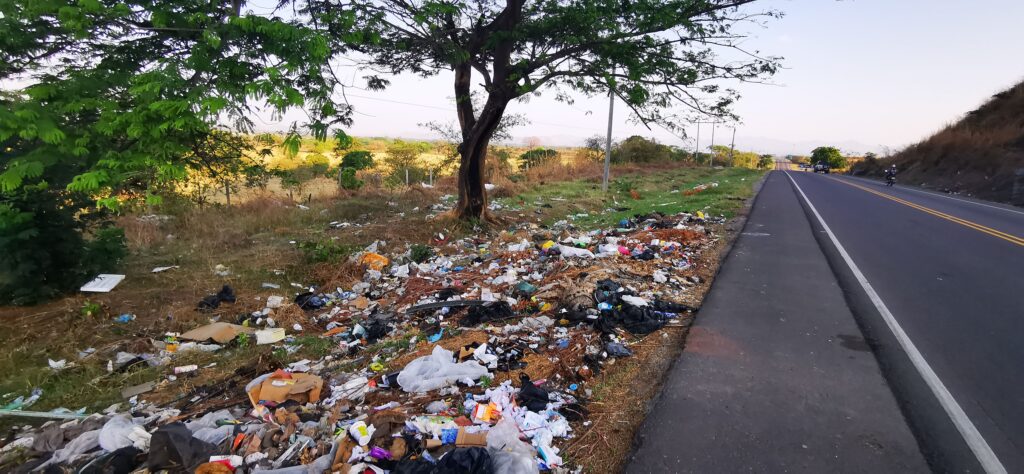
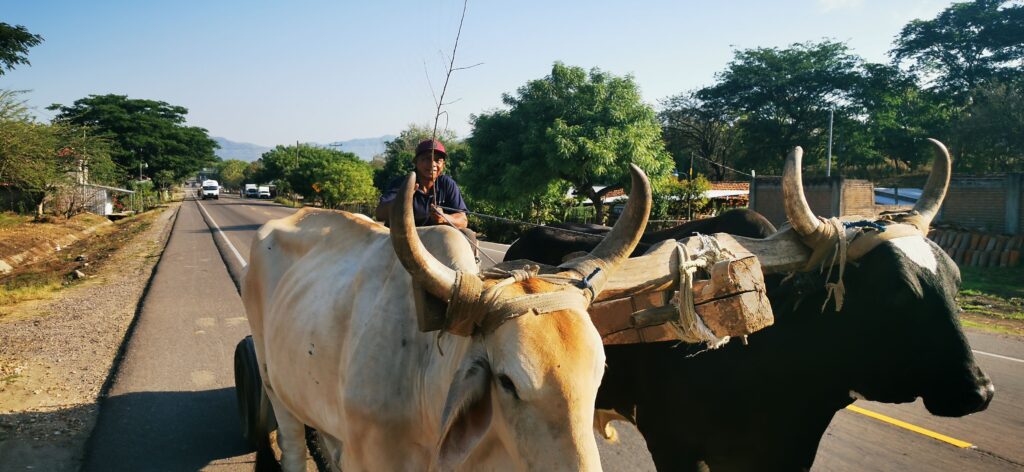
Moreover, I did not feel particularly comfortable or safe. In “Choluteca”, a small town halfway, I took a hotel. The operator warned me not to go out on the street after 8pm. There would be several gangs in this area that would take over the streets at night and often have gunfights.
The people I met in Honduras were nice and open-minded. However, it was immediately apparent that they were suffering from the poor economic situation in the country. Again and again, they expressed that they were suffering greatly from the extremely corrupt politicians who were letting their country go to the dogs. One man told me that he had lived and worked in the U.S. for several years to support his family. He now lives back in Honduras with his family, but is struggling with the conditions. It is very difficult for people to leave the country. For example, airline tickets for locals cost three to four times more than the regular price. Thus, politicians are trying to prevent people from leaving the country. Nevertheless, I met some people from Honduras in California or Mexico, who found their way out of the country in a roundabout way.
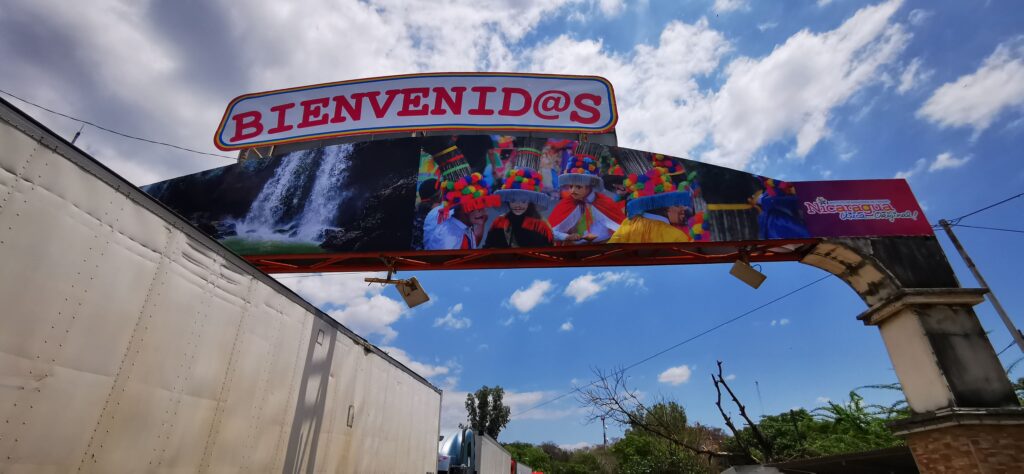
After two days, the 7th country of my tour followed. Nicaragua was definitely the country with the most complicated and lengthy border crossing. After countless interviews with different border officials, who passed me on to the next one, who asked exactly the same thing again, the scan of my bags followed. I should have been able to pass everything, except that they were very sensitive about drones. There were several ladies sitting by the scanner, all engrossed in conversation and ignoring me. Another woman was sitting in front of the monitor, watching an action movie on her cell phone at full volume. Annoyed by my question whether I could put my bags on the conveyor belt to check them, she switched on the system and immediately turned her attention back to her cell phone. In the end, my criminal record was not conspicuous, the contents of my bags were inconspicuous, and I was allowed to cross the border. To be honest, I probably could have smuggled a nuclear bomb into the country without being noticed. After more than three hours, I was able to continue my journey.
On my way through the country I visited the beautiful student city “León” with its historic old town, drove along the largest inland lake of Central America and visited the island “Ometepe” located there, which was definitely my highlight of this country.
Consisting of two volcanoes, “Ometepe” is the world’s largest volcanic island in a freshwater lake. Here, too, the complicated administrative system of the country made itself felt. On the way to the ferry, I had to go through several stations to finally get on the ferry to be able to buy my ticket there. So, of course, despite economic problems, the unemployment figures for the statistics can be kept particularly low.
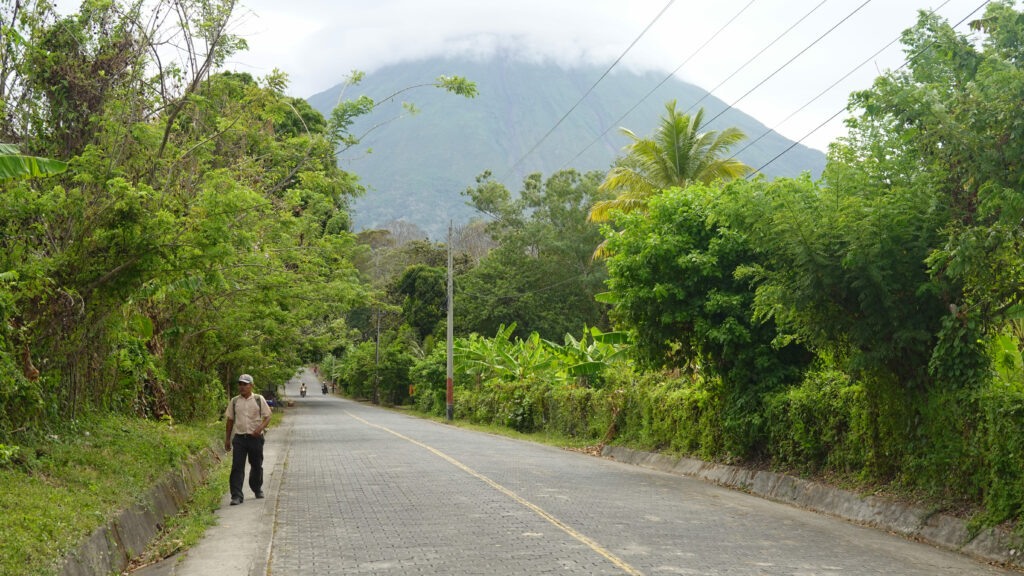
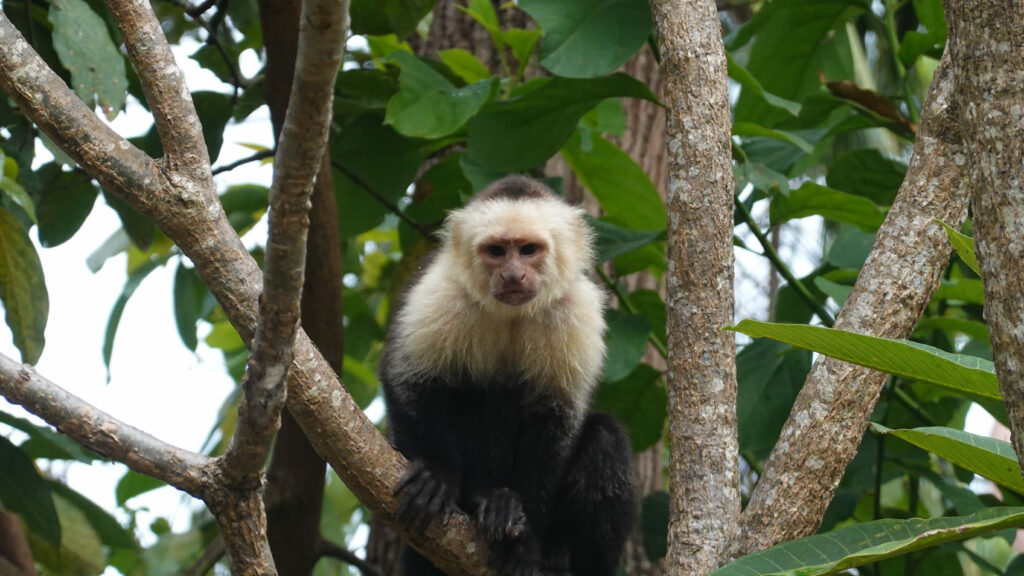
Not only was the climate on the island much milder and more tropical than on the mainland, but the people also seemed to be much more relaxed. On my trips across the island, I was particularly impressed by the wealth of plant and animal species. Different species of birds flew through the air, capuchin and howler monkeys jumped in the trees or caimans swam in the swamp that lies between the island parts.
Nicaragua I had not had until before my trip at all on the screen. But it is definitely worth a trip and is also the cheapest country in Central America.
